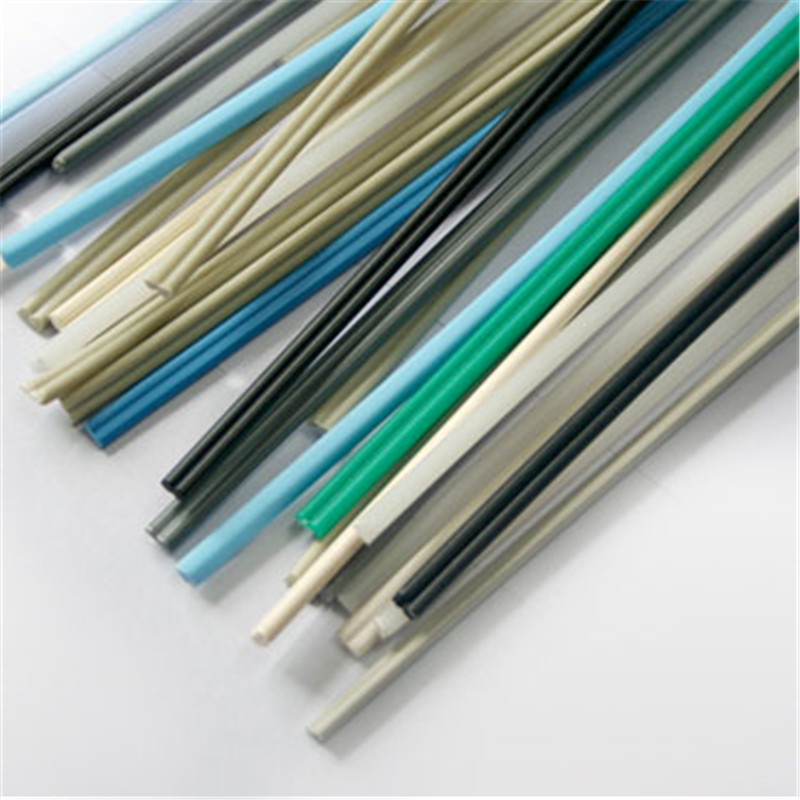Nov . 02, 2024 14:06 Back to list
ppr water pipe
Understanding PPR Water Pipes A Comprehensive Overview
PPR water pipes, made from polypropylene random copolymer, have become increasingly popular in various plumbing and construction projects due to their numerous advantages. The material's unique properties offer solutions for both residential and commercial applications, making it a preferred choice for many contractors and homeowners alike.
Understanding PPR Water Pipes A Comprehensive Overview
Another significant advantage of PPR water pipes is their ease of installation. These pipes are lightweight compared to metal alternatives, which simplifies transportation and handling. Additionally, the installation process is straightforward, often requiring only basic tools. The pipes can be connected using a heat fusion method, which creates a seamless bond between the pipe sections. This not only enhances the reliability of the joints but also minimizes the risk of leaks, a common problem in traditional plumbing systems.
ppr water pipe

PPR pipes are also environmentally friendly. They are 100% recyclable and do not contain harmful substances like heavy metals typically found in some other types of pipes. This makes them a safer choice for drinking water applications. Furthermore, the energy used in the production of PPR pipes is significantly lower than that used for metal pipes, contributing to a reduced carbon footprint.
The smooth inner surface of PPR pipes allows for better flow rates and less friction, which can lead to energy savings over time. This characteristic is particularly beneficial in large-scale plumbing systems where efficiency is a priority. Moreover, since PPR pipes do not require additional insulation in many cases due to their heat retention properties, they further enhance overall energy efficiency.
In conclusion, PPR water pipes present a modern solution to various plumbing needs, combining durability, efficiency, and environmental friendliness. As more builders and homeowners become aware of these advantages, the use of PPR pipes is likely to continue growing, solidifying their position as a leading choice in the pipe market. The innovative nature of PPR not only addresses past plumbing challenges but also supports contemporary sustainability goals, making it a future-proof option in construction and supply systems.
-
High-Quality PPR Pipes and Fittings Durable ERA PPR & PVC PPR Solutions
NewsJul.08,2025
-
Black HDPE Cutting Board - Durable, Non-Porous & Food Safe HDPE Plastic Cutting Board
NewsJul.08,2025
-
High-Quality CPVC Panel Durable HDPE & PVC Panels Supplier
NewsJul.08,2025
-
Double PE Welding Rod Supplier - High Strength, Durable & Versatile Welding Solutions
NewsJul.07,2025
-
High-Quality PVC-O Pipe Supplier Durable 75mm PVC Pipe & Connections Leading PVC Pipe Company
NewsJul.07,2025
-
HDPE Drainage Pipe Supplier – Durable & Corrosion-Resistant Solutions
NewsJul.06,2025

